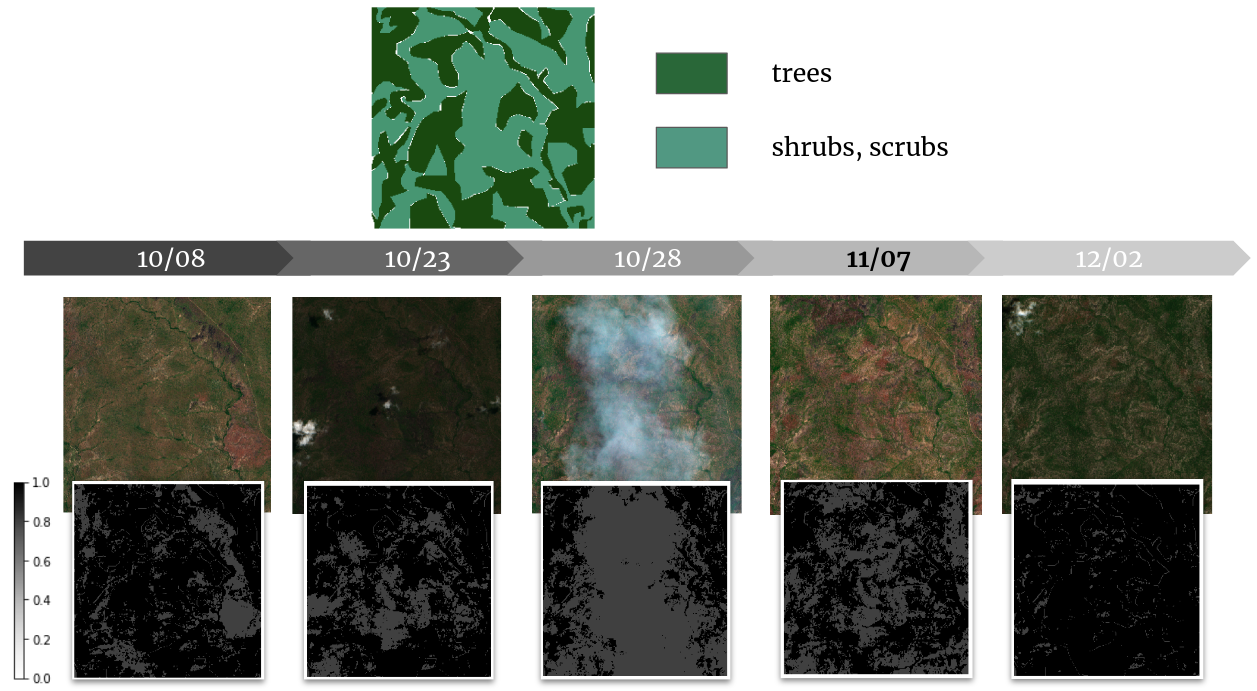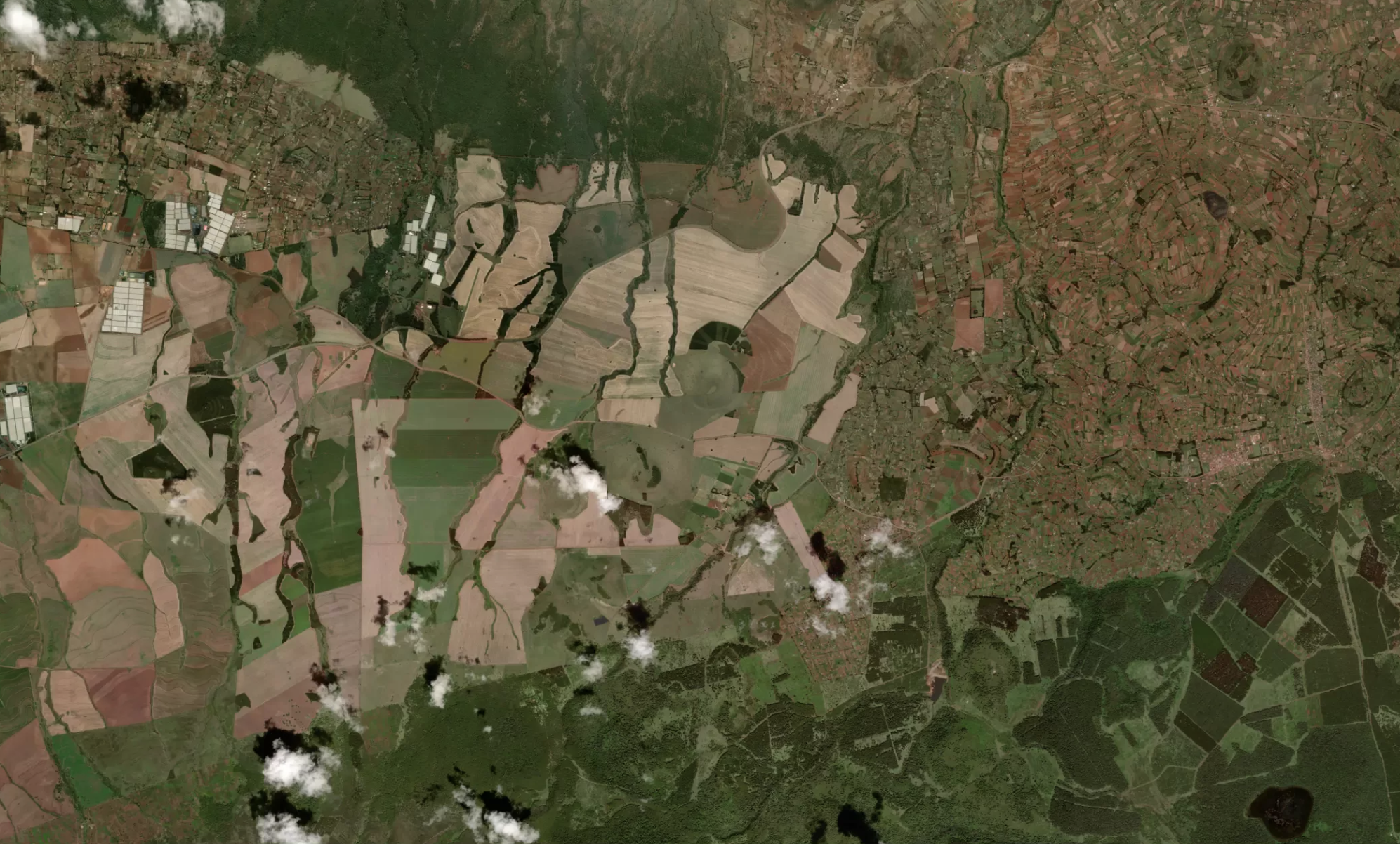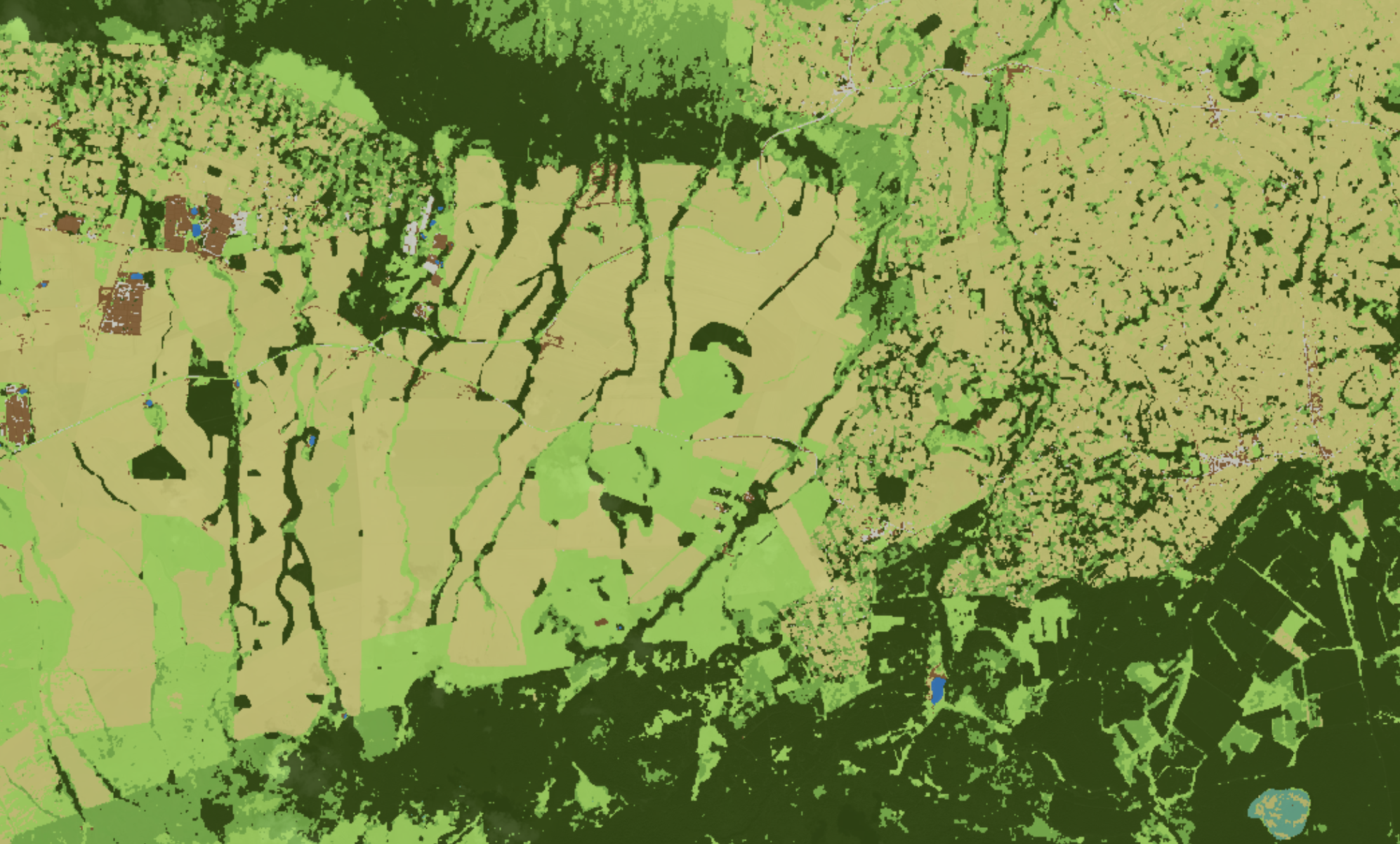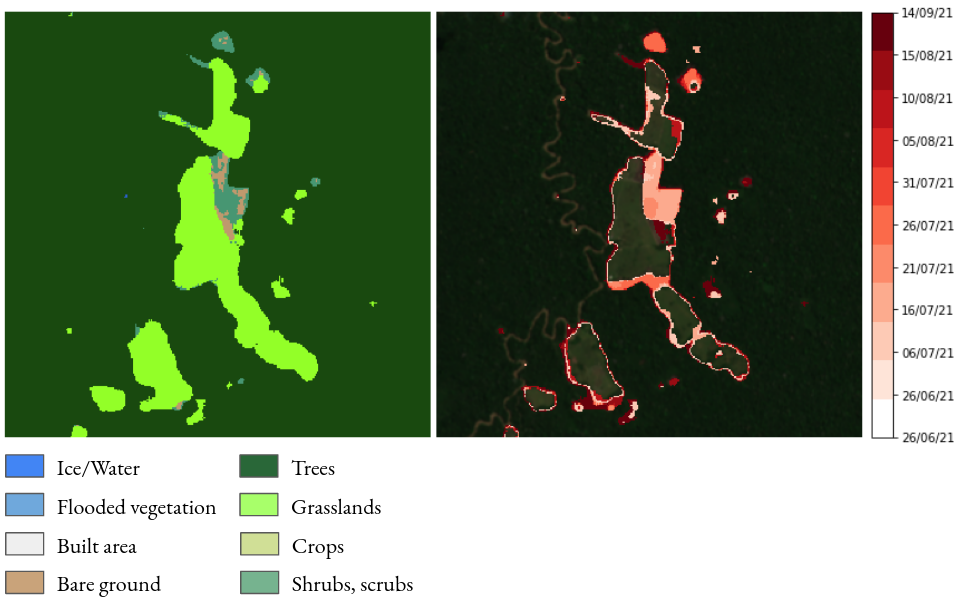In 2022, I joined Kayrros to explore whether we could reproduce—and, for some production needs, improve on—Google’s Dynamic World land‑cover pipeline. The goal was not to beat Dynamic World outright, but to build a lightweight, temporally consistent model that behaved well across geographies, sensors, and seasons.
Internship at Kayrros, supervised by Aurélien De Truchis (2022).
Why Dynamic World (and why revisit it)?
Dynamic World provides a near real‑time, 10‑m land‑cover product across nine classes (Water, Trees, Grass, Crops, Shrub & Scrub, Flooded Vegetation, Built‑up Area, Bare Ground, Snow & Ice). It is remarkably useful, but we observed two recurring challenges in some deployments:
- Temporal consistency across dates and seasons (flicker, sensitivity to atmospherics)
- Robustness across biomes when training/operating at scale with multiple sensors
Our focus was to build a minimal model that stays stable over time while remaining fast and simple to operate in production.
Method at a glance
- Data curation + temporal augmentation: feed multiple dates that share a refined label so the model learns invariances to seasonal/atmospheric effects.
- Satellite‑agnostic inputs: Sentinel‑2 and Landsat families plus derived indices (e.g., NDVI, NDMI) and SRTM30 elevation for context.
- Lightweight U‑Net variant: three downsampling stages with targeted enhancements (attention/APSP as needed) for speed/accuracy balance.

Seeing the model work
Below are examples comparing raw Sentinel‑2 imagery and the model’s land‑cover output around Mount Kenya.



Results across biomes
We tested across 14 major ecoregions (temperate to tropical). Final metrics:
- Overall accuracy: 46.9%
- Mean IoU: 31.8%
- MCC: 75.1%
While slightly below Google Dynamic World on benchmark scores, the model delivered two practical advantages important in operations:
1) Improved temporal consistency across dates and seasons; 2) Portability across sensors and regions with a compact runtime.
From land cover to change signals
The model is particularly effective for dynamic indicators: deforestation alerts, agricultural expansion, and other environmental monitoring signals.

Takeaways
- Temporal augmentation and a restrained architecture go a long way for stability.
- Sensor‑agnostic preprocessing and select indices add useful context without heavy engineering.
- A lightweight, consistent baseline can unlock reliable monitoring at scale—even if headline benchmark numbers trail large, general models.
Acknowledgment: developed during my 2022 internship at Kayrros under the supervision of Aurélien De Truchis.